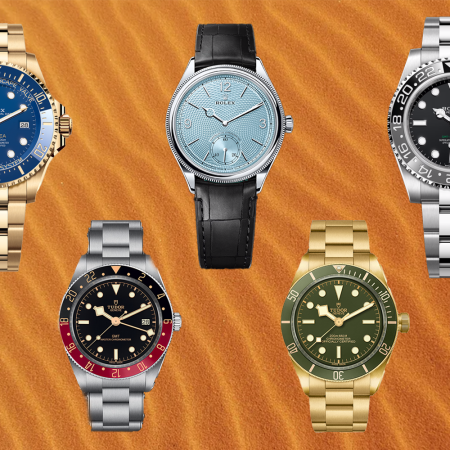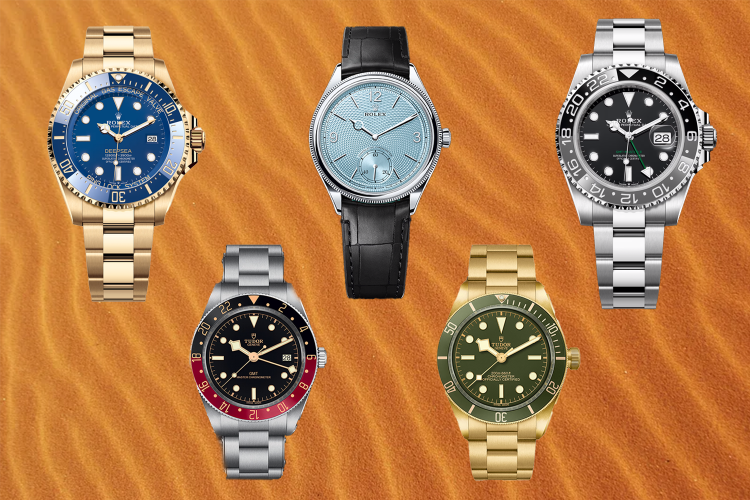It’s not Independence Day without fireworks—and Wired is giving an up-close view of the science and history of those celebratory incendiaries.
The crowd-pleasing displays have been used to celebrate the national holiday almost as long as the nation itself has been around. John Adams wanted “illuminations from one end of this continent to the other” to celebrate Independence Day before the 13 colonies were truly independent. The first commemorative Independence Day fireworks were set off on July 4, 1777.
But the origins of fireworks go much further back.
Though some historians suggest that fireworks are originally from India, modern fireworks seem to have come to the West by way of China, according to Slate. Originally, most fireworks were just repurposed military munitions. But in the 12th century, the Chinese affixed a small pack of gunpowder to the burning fire arrow. They then invented rockets by stuffing a container with gunpowder and leaving a hole in the end. Though wildly unpredictable, they were very entertaining.
Fireworks gained popularity in Europe during the Renaissance and by 1783, a large variety of fireworks were available to the public in the United States.
The chemical cocktail that made up these original fireworks is not that different than the ones that will light the skies on Tuesday night. The mix of potassium, nitrate, charcoal and sulfur, or “black powder,” was invented in ninth-century China and is what makes a firework explode. Essentially, a traditional firework has a fuse. Once lit, the fuse kicks off the reaction, igniting the powder in the bottom of the shell. As the potassium nitrate burns, it lets off oxygen, which helps the charcoal and sulfur burn too, producing hot gases the propel the firework into the sky. When a delayed fuse reaches the center of the payload, the main shell that releases the light and sound ignites.
And the colors that cause all those kids’ jaws to drop? Metal salt pellets. The pellets containing metal salts inside the payload heat up, and their electrons release excess energy as light. The amount of energy each substance produces when burned determines the visible color. For a classic red, white and blue firework, for example, it requires burning strontium carbonate, magnesium alloy and copper chloride. But for greens, oranges and yellows, one needs barium chloride, calcium chloride and sodium chloride.
Then there is the dextrin. This is often used to bind black powder and metal salts into exploding pellets. It is an all-powerful, water-soluble powder that is a binding or thickening agent in paint, processed meats, and even envelope adhesives.
And for the glitter? Antimony trisulfide is a dark grey powder added to some mixtures for that glittery effect. Don’t inhale the powder though, as it can can cause respiratory problems.
And finally, all good fireworks need to be encased in paper or cardboard. It burns quickly with little residue and traps hot gases (but easily explodes). The more cardboard used in packaging, the louder the noise.
This article was featured in the InsideHook newsletter. Sign up now.
























